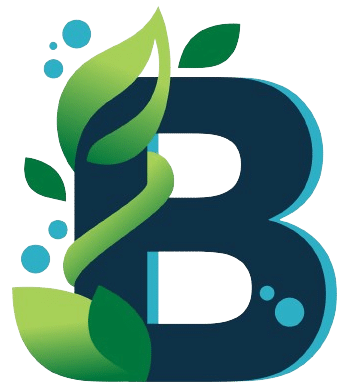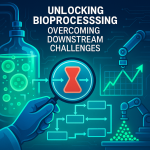Introduction:
This article discusses the importance of bioburden control in continuous bioprocessing within the biopharma industry. It highlights the challenges of traditional bioburden testing methods in continuous processing streams and the need for new strategies. The article emphasizes the use of a two-tiered control system that integrates bioburden testing into the continuous bioprocessing workflow for faster detection and elimination of contamination.
- The traditional approaches to bioburden control are not suitable for continuous bioprocessing, where a drug substance can move through the system within 24 hours.
- The 2004 FDA Guidance on Process Analytical Technology (PAT) recommends a two-tiered testing strategy for bioburden control, but it has not been widely adopted.
- Rapid bioburden testing technologies are evaluated for their ability to provide near-real-time detection and fault detection.
- The challenges of managing data, sample volumes, equipment integration, and equipment sterility are discussed.
- The two-tiered control system uses established PAT methods to determine system closure, aseptic conditions, and contaminant identification.
Conclusion:
Bioburden control is a critical aspect of continuous bioprocessing. The article emphasizes the need for new strategies and technologies to expedite bioburden testing and eliminate contamination in near-real-time. The implementation of in-process bioburden testing is challenging but essential for ensuring product quality and improving process efficiency. Future developments in equipment, connections, and automation will facilitate the integration of bioburden control into continuous manufacturing workflows.



